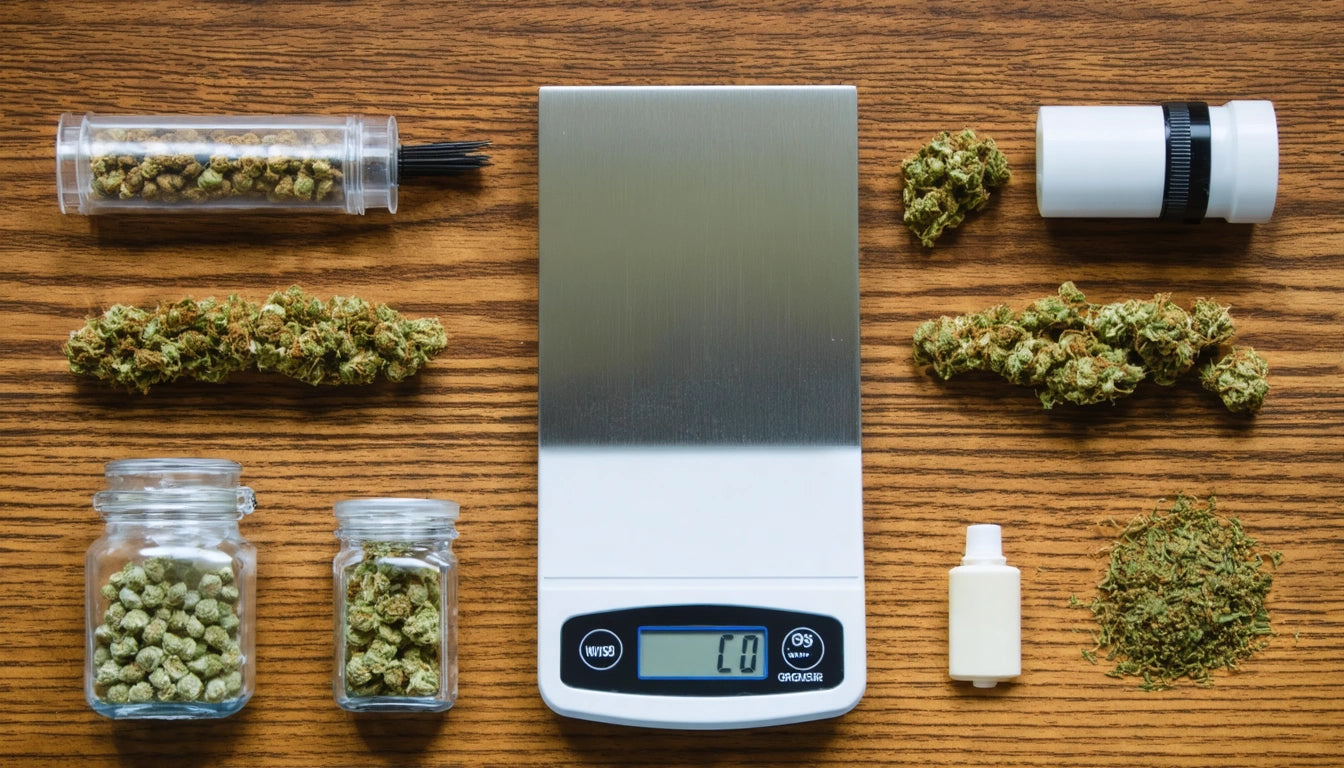Table of Contents
- Understanding Glaucoma and Its Treatments
- Cannabis and Intraocular Pressure: The Mechanism
- THC vs CBD: Which Cannabinoid Is Best for Glaucoma
- Administration Methods and Dosing Considerations
- Limitations and Concerns of Cannabis for Glaucoma
- Future Research Directions for Cannabis in Glaucoma Treatment
Can Cannabis and Its Compounds Aid in Glaucoma Treatment?
Glaucoma affects millions worldwide, causing progressive vision loss through damage to the optic nerve. Conventional treatments focus on reducing intraocular pressure (IOP), but many patients seek alternatives due to side effects or inadequate relief. Cannabis has emerged as a potential complementary approach, with decades of anecdotal evidence and scientific research suggesting that certain cannabinoids may help glaucoma patients.
Understanding Glaucoma and Its Treatments
Glaucoma is characterized by elevated pressure within the eye that damages the optic nerve over time. This pressure, known as intraocular pressure (IOP), becomes the primary target for treatment. Traditional approaches include eye drops, oral medications, laser procedures, and surgery, all aimed at reducing IOP to prevent further vision loss.
Despite these options, many patients experience side effects or find conventional treatments insufficient. This has led researchers and patients alike to explore whether cannabis compounds might offer relief, particularly given early studies suggesting marijuana's pressure-reducing properties.
Cannabis and Intraocular Pressure: The Mechanism
The relationship between cannabis and glaucoma was first documented in the 1970s when researchers discovered that smoking marijuana temporarily reduced IOP by approximately 25-30% in both healthy individuals and glaucoma patients. This effect is primarily attributed to THC (tetrahydrocannabinol), the psychoactive component in cannabis.
THC works by activating cannabinoid receptors (CB1) in the eye's ciliary epithelium, which helps regulate aqueous humor production and drainage. Studies examining how marijuana affects glaucoma have shown that THC can lower IOP through several mechanisms:
- Reducing aqueous humor production
- Improving outflow facility
- Dilating blood vessels to improve ocular blood flow
- Providing neuroprotection to retinal cells
THC vs CBD: Which Cannabinoid Is Best for Glaucoma
When considering how cannabis affects vision, it's important to distinguish between different cannabinoids. Research indicates that THC is primarily responsible for reducing IOP, while CBD (cannabidiol) may actually counteract this beneficial effect or even increase pressure in some cases.
A study published in the journal Investigative Ophthalmology & Visual Science found that while THC reduced IOP, CBD had a neutral or slightly negative effect. This suggests that for glaucoma specifically, high-THC strains might be more beneficial than CBD-dominant varieties. Other cannabinoids like CBG (cannabigerol) have shown preliminary promise but require further research.
Cannabinoid Effects on Glaucoma
Understanding which cannabinoid works best for glaucoma requires examining their distinct mechanisms:
- THC: Consistently lowers IOP through CB1 receptor activation
- CBD: May counteract THC's pressure-lowering effects
- CBG: Shows preliminary promise in some research models
- CBC (cannabichromene): Limited evidence for glaucoma benefits
Administration Methods and Dosing Considerations
The method of cannabis administration significantly impacts its effectiveness for glaucoma. While smoking provides rapid onset, its effects typically last only 3-4 hours, necessitating multiple doses throughout the day. This presents practical challenges for consistent IOP management.
Alternative delivery methods include:
- Sublingual tinctures and oils
- Edibles (longer duration but delayed onset)
- Vaporization (fewer respiratory concerns than smoking)
- Topical applications (still experimental)
For patients who find benefit from cannabis products, proper storage becomes essential for maintaining potency. Specialized storage solutions like airtight mylar bags can help preserve cannabinoid content and prevent degradation, ensuring consistent therapeutic effects over time.
Limitations and Concerns of Cannabis for Glaucoma
Despite potential benefits, several limitations exist when considering cannabis for glaucoma treatment:
First, the short duration of action means patients would need to consume cannabis approximately every 3-4 hours, day and night, to maintain reduced IOP. This frequency makes it impractical as a primary treatment for most patients.
Second, psychoactive effects from THC can interfere with daily functioning, particularly for elderly patients who comprise a large percentage of those with glaucoma. Side effects like red eyes, while seemingly minor, can actually complicate monitoring of ocular health.
Third, smoking cannabis introduces respiratory concerns, though alternative administration methods may mitigate these risks. Additionally, tolerance to cannabis's IOP-lowering effects may develop over time, potentially reducing its long-term efficacy.
Medical and Legal Considerations
Patients interested in cannabis for glaucoma should consider:
- Consulting with both an ophthalmologist and a cannabis-knowledgeable physician
- Continuing prescribed glaucoma medications unless directed otherwise
- Understanding local legal status of medical cannabis
- Regular IOP monitoring to assess effectiveness
While some states recognize glaucoma as a qualifying condition for medical cannabis, patients should verify their local regulations before pursuing this option.
Future Research Directions for Cannabis in Glaucoma Treatment
The future of cannabis in glaucoma treatment likely lies in developing targeted cannabinoid therapies that maximize pressure-reducing effects while minimizing unwanted side effects. Several promising research directions include:
- Synthetic cannabinoid derivatives specifically designed for ocular use
- Topical formulations that deliver cannabinoids directly to the eye
- Sustained-release delivery systems to overcome the short duration of action
- Combination therapies that leverage cannabis alongside conventional treatments
Research into cannabis's neuroprotective properties may also prove valuable, as glaucoma treatment increasingly focuses not just on pressure reduction but also on protecting optic nerve cells from damage.
While the evidence suggests that cannabis, particularly THC, can temporarily reduce intraocular pressure, its practical limitations currently prevent it from being recommended as a primary treatment for glaucoma. However, for patients with inadequate response to conventional therapies or intolerable side effects, cannabis may offer a complementary approach when used under proper medical supervision.
As research advances and delivery methods improve, cannabis-based therapies may eventually play a more significant role in the glaucoma treatment landscape. For now, patients should maintain open communication with their healthcare providers and approach cannabis as a potential adjunct rather than a replacement for established glaucoma care.











Leave a comment
All comments are moderated before being published.
This site is protected by hCaptcha and the hCaptcha Privacy Policy and Terms of Service apply.